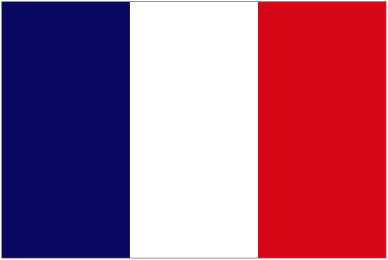A few basic things to keep in mind before getting started. The Venezuelan Cuatro method that we are making available to you it’s made in a particular way that fits the Cuatro instrument. This is a brief explanation of what you can expect in the lessons to come and also explain certain things that you will come across as you start your journey.
Venezuelan Cuatro Method Terminology
It is very important to be aware of the terminology that we are going to use throughout the lessons and in a few other courses.
We will keep all of the terminology as simple as we can. Remember, this goal is to play the Cuatro, not to become an expert in musical theory. We will definitely touch aspects of musical theory (because you are learning on how to use a musical instrument) but focus on the Cuatro.
One term in particular which you will run into because of it’s importance to the Cuatro is the famous “Frenado” or “Chasquido”.
Since we do not really have the English equivalent we will be referring to this strumming technique as the “Frenado”. Ortho in a few areas we can refer it as Muted Strings technique, Muting Strings ir a few similar terms.
There will be a lesson on this, essentially the frenado is a strumming technique whereby the strings are hit but the sound of the strings are muted and it produces a “tack”.
Listen to the frenados in the video demonstration!. these can be used basically in any general that you learn with the instrument. It is one of the most important techniques to play it, and it takes a bit of time to learn so will dedicate and put attention in this area of interest for the Cuatrista’s.
Methodology
We have described some information about the TuCuatro methodology. With the sequence of lessons, you will always have an element of theory, chords, relative minor chords, rhythm or genre and songs. This way you will have some tools with which to work with and a goal, which is to be able to play the songs provided. Later on we will introduce more complex techniques and help you bring your play to the next level.
Presentations
The chords will be presented such as those in the image found below of C Major. The frets are numbered so that you can find the position to mark quickly. We will refer to the chords in the western style, so A – B – C – D etc. They can also be described with numbers. The chord seen below is 3.2.1.1; where the numbers coincide with the fret being marked (pretty easy actually). Songs will be provided with the chords and when necessary tabs.
Practice and Patience
Normally you would say, practice, practice and practice. This is true, we would like to add in patience to the equation. Just as with anything else, you get what you put into it. Make sure you practice a lot, our studies show that the students who make the best progress practice from 30 minutes to an hour each day. It’s worth it! The patience part, you are not going to come out of here playing like Carlos Capacho (see video below) in a weeks time. Be patient, you’ll get there. Take your time with the lessons and don’t move too fast.
Carlos Capacho Cuatrista
Record Your Progress
Keep track of your progress by recording yourself play. You may be embarrassed at first, but trust us, this is something you would like to look back at. Make sure you share the progress with us as well, this way we can give you tips and help you out as much as we can. We all support each other! Take a look at the progress our students have made:



